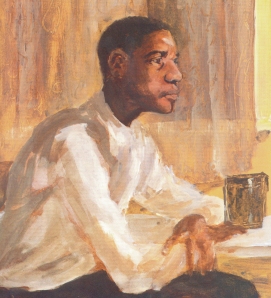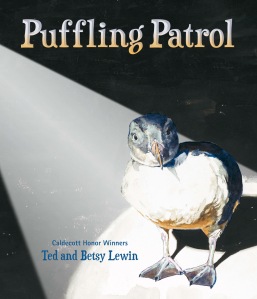Over the summer, our former intern Mitul shared her take on what Ramadan celebrates. Continuing in that tradition, since I’m Jewish I thought I’d share a bit about Rosh Hashana and Yom Kippur. If you’re not Jewish, you may have seen these holidays on the calendar – or, if you’re lucky, even gotten off from school for them. But what are they really about?
Rosh Hashana is the Jewish New Year (in Hebrew, it literally means “Head of the Year”) and celebrates the beginning of  the new Hebrew year. Because the Jewish calendar is based on the moon, the actual date of Rosh Hashana varies from year to year, but it always falls somewhere in the fall. For Jews, Rosh Hashana is a holy day, but a happy one: although it’s solemn and most people celebrate it by spending time in synagogue praying, it is a holiday focused on hope for a sweet new year. Because of that, the traditional food associated with Rosh Hashana is apples dipped in honey.
the new Hebrew year. Because the Jewish calendar is based on the moon, the actual date of Rosh Hashana varies from year to year, but it always falls somewhere in the fall. For Jews, Rosh Hashana is a holy day, but a happy one: although it’s solemn and most people celebrate it by spending time in synagogue praying, it is a holiday focused on hope for a sweet new year. Because of that, the traditional food associated with Rosh Hashana is apples dipped in honey.







